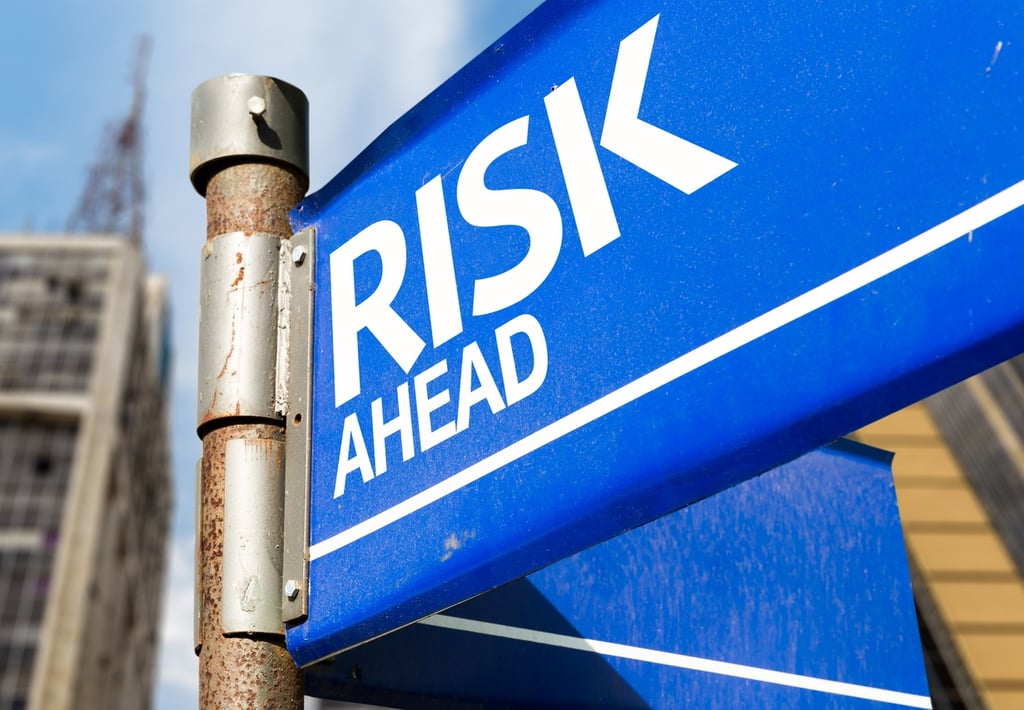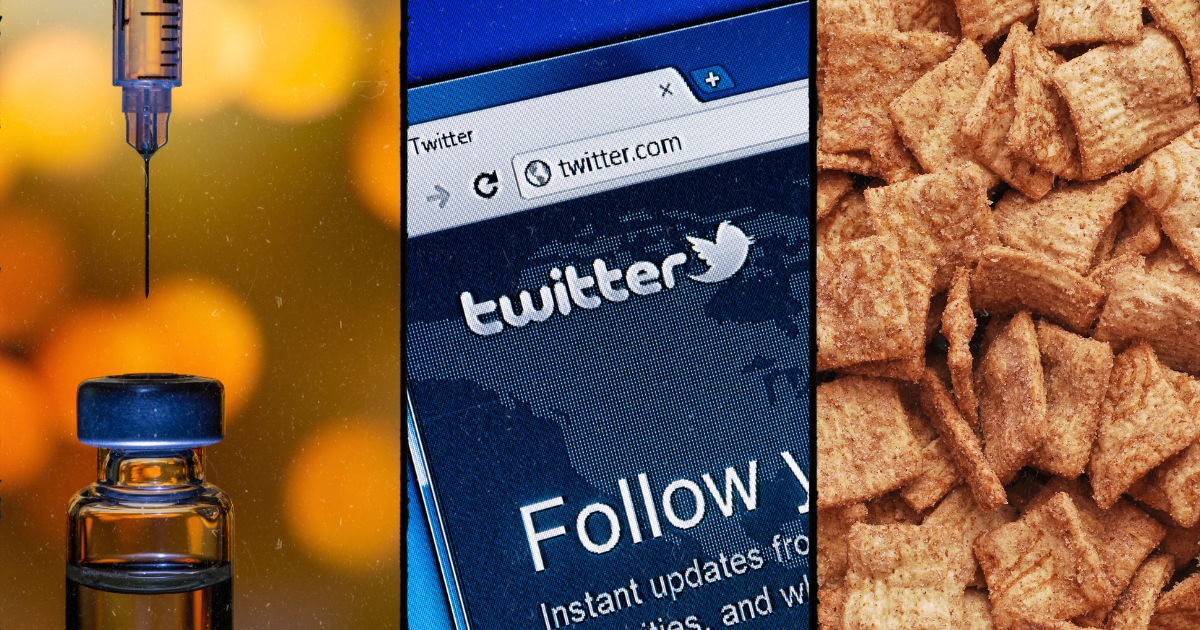Need Proof That Cultural and Social Risks Are On the Rise?

Once you become aware of the emerging risks to brands from cultural issues such as gender, race, politics and polarizing social issues, you keep tripping over them everywhere.
This is true whether brands choose to step into an issue publicly or not. We talked in the last blog about Target and the year-long controversy after a blog that merely confirmed its policy regarding transgender use of its restrooms and changing rooms.
Another example is Chick-fil-A whose culture is strongly influenced by its founder, Truett Cathy's, southern Baptist beliefs. This can range from hungry customers getting grumpy because the chain does not open on a Sunday to more strongly held opinions, on both sides of the issue, about the causes that Chick-fil-A has chosen to support in the past.
There was a fascinating moment in time in April. The 20th of that month is a "holiday," a celebration of marijuana use, known as 4/20.
How brands got involved in this was a brilliant example of the tight-rope you have to walk in such situations.
Brands with famously liberal leanings such as Ben & Jerry’s and the Californian brewery Lagunitas went so far as to name products with overtones of drug culture (‘Half Baked’ ice cream, for example).
The Washington Post noted that mainstream brands such Pepsi, Chipotle, Burger King and Denny’s have stepped carefully into 4/20 marketing efforts.
But getting involved in 4/20, as the Post observed, can create gyrations in what they want to say outright in public:
“We’re really known for our tongue-in-cheek humor but it’s pretty coincidental that it’s coming out on the 20th,” said Bumps, the Ben & Jerry’s spokeswoman. “That’s the official line.”
So are crises linked to brands making missteps in cultural and social issues on the rise? Is the impact of cultural blindness so apparent?
The Institute for Crisis Management (ICM) recently published its annual Crisis Report in which it tracks six hundred thousand crisis stories in the news worldwide.
Mismanagement (malpractice, misconduct, negligence, unethical practices and so on) was top of the charts accounting for nearly 30% of crises.
But look what was number two on the list with a bullet.
Discrimination stories skyrocketed to around 20%, with ICM’s report citing news articles involving Papa John’s pizza, the restaurant chain Noodles & Co and the North Carolina bathroom bill (which is when Target published its now infamous bathroom blog).
By comparison natural disasters accounted for just one percent of crisis stories in 2016 – and stories about data breaches just five percent.
Take a look at your crisis planning.
How well does it equip you to manage these kinds of issues?
How well would you respond in this type of crisis?
What inputs and counsel can you call upon to overcome lurking cultural blindness?
When you access your plan on your crisis mobile app and you have to move at social media speed, you will want to know that these questions have been answered.
Find out more about the author by visiting www.thehatcliffegroup.com











